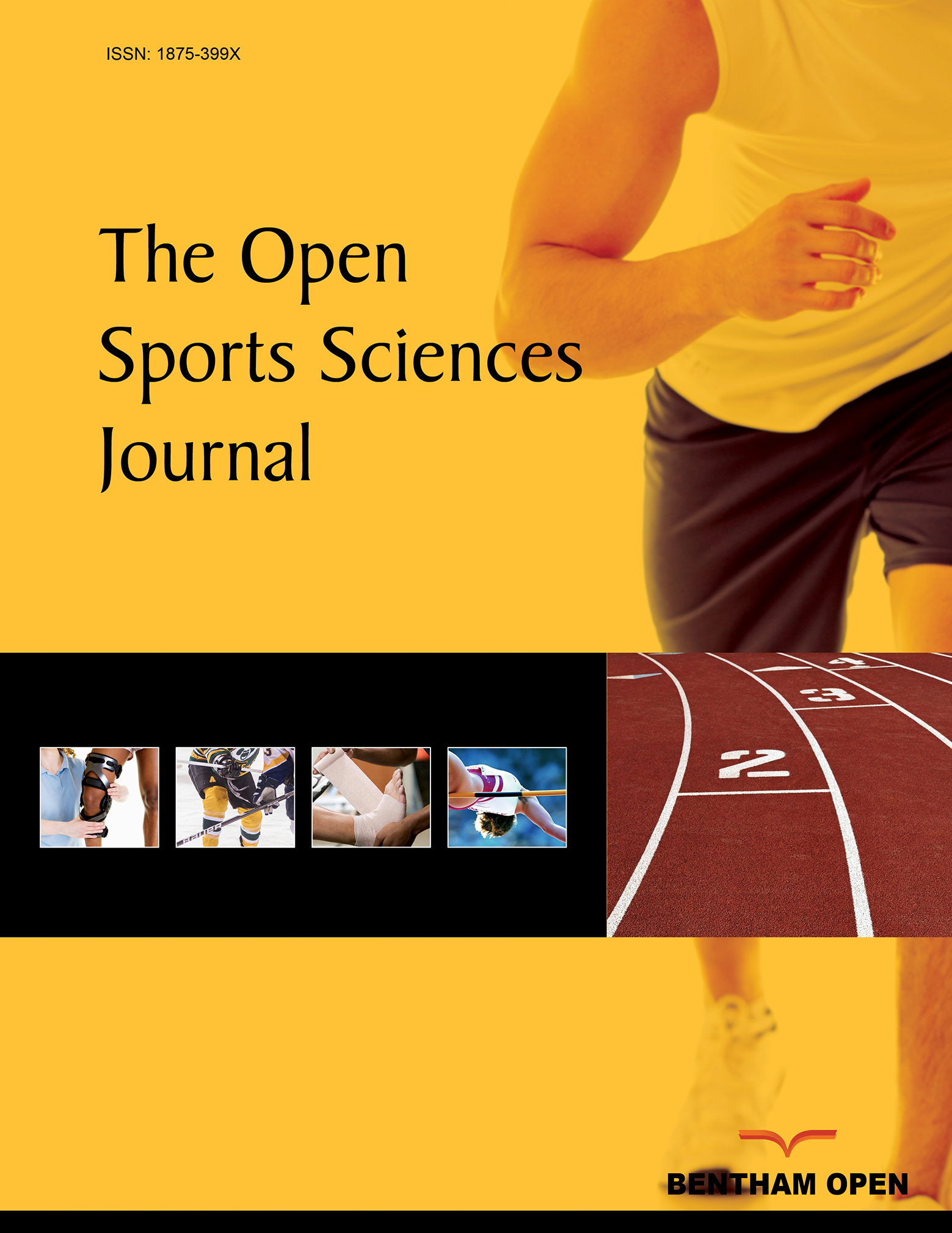All published articles of this journal are available on ScienceDirect.
Sprint Performance Determinants in High-level Young Swimmers
Abstract
Background:
Identifying and evaluating the variables that influence performance are essential for obtaining excellence in sport.
Objective:
This study aimed to identify which parameters have the most influence on the 50 meters freestyle time in young competitive swimmers.
Methods:
One hundred and eighty-four high-level swimmers (males, n=92: 14.60±0.56 years; females, n=92: 13.53 ± 0.54 years) with 468±66 FINA points in the 50 meters freestyle short course participated in this study. Age, height, body mass, wingspan, stroke rate, stroke length, stroke index, turning time (5 m + 10 m), horizontal jumping, and medicine ball throwing were assessed. The swimming performance was assessed in a 50 meters freestyle time trial at maximum speed in a 25 meters swimming pool. Multiple regression was performed to assess the relationship between one dependent variable (50 meters freestyle time) and independent variables.
Results:
The results showed significant differences between both the genders. In male swimmers, only the turning time and the horizontal jump were significant (r2=0.8819; p<0.001), while females, besides the same variables, presented significant results in terms of height, body mass, stroke length, and stroke index (r2=0.9013; p<0.01).
Conclusion:
In conclusion, in young male swimmers, the turning time and the horizontal jump contributed significantly to the 50 meters freestyle swimming performance, and in young female swimmers, the main contributors were the turning time, horizontal jump, height, body mass, stroke length, and stroke index.


